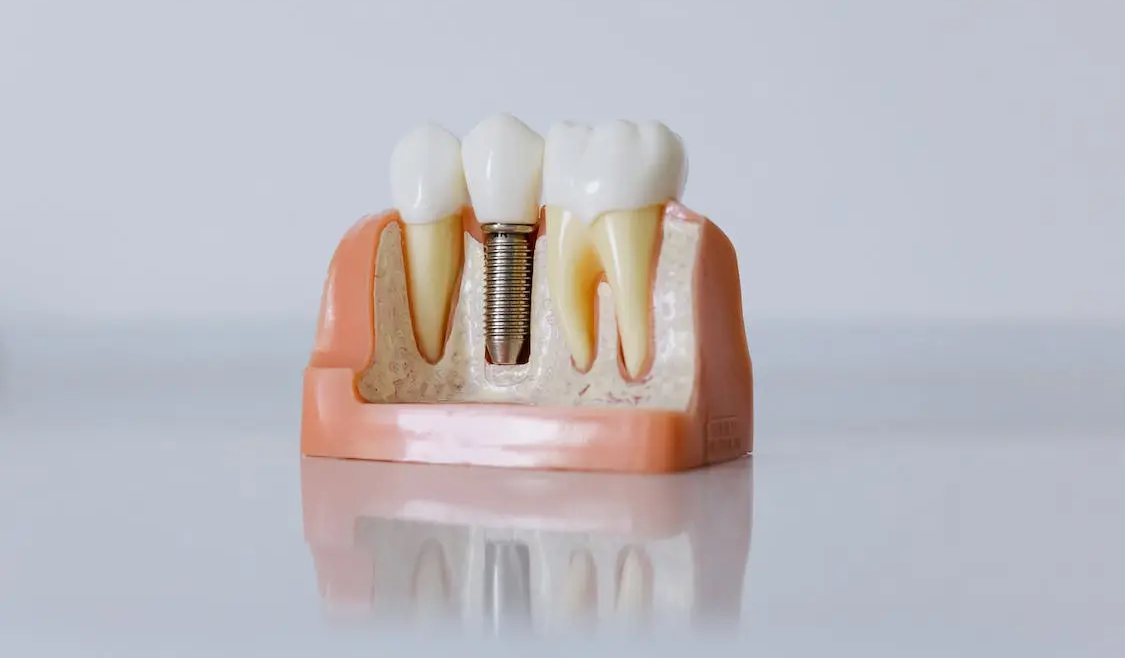Dental implants have undergone a remarkable evolution, transcending the boundaries of traditional dentistry to become a sophisticated and widely embraced solution for restoring smiles. The driving force behind this transformation is the continuous innovation in dental implant materials. In this comprehensive blog post, we’ll delve into 15 groundbreaking innovations that are reshaping the world of dental implants, offering a glimpse into the latest technologies and materials that define the future of implant dentistry.
Titanium Alloys: The Unyielding Foundation:
Titanium has long been the material of choice for dental implants due to its exceptional strength and biocompatibility. Recent innovations in titanium alloys have further enhanced these properties, ensuring durability and longevity.
Graphene Nanocomposites: Unprecedented Strength and Flexibility:
The integration of graphene, a two-dimensional carbon structure, into dental implant materials has ushered in a new era of strength and flexibility. Graphene’s remarkable mechanical properties contribute to implants that can withstand the dynamic forces within the oral cavity.
Zirconia Implants: Aesthetic Elegance and Biocompatibility:
Zirconia implants have gained prominence for their natural tooth-like appearance and biocompatibility. As a metal-free alternative to traditional titanium implants, zirconia offers an aesthetically pleasing option for those seeking harmony in their smiles.
3D-Printed Implants: Precision Redefined:
The advent of 3D printing technology has revolutionized the customization and precision of dental implants. This innovation allows for implants that are tailored to match the unique anatomy of each patient, contributing to improved fit and success rates.
Bioactive Materials: Accelerating Osseointegration:
Bioactive materials, such as bioactive glass and hydroxyapatite coatings, are designed to stimulate bone growth and accelerate the osseointegration process. These materials create an environment conducive to a strong bond between the implant and surrounding bone tissue.
Smart Implants: Real-Time Monitoring and Feedback:
Smart implants, equipped with sensors and monitoring capabilities, provide real-time feedback on various parameters during the healing process. This innovation enhances patient care and allows for proactive intervention when needed.
Bioresorbable Materials: Seamless Integration and Natural Healing:
Bioresorbable materials represent a paradigm shift in dental implantology. These materials gradually dissolve over time, eliminating the need for a second surgery to remove the implant. They promote natural bone regeneration and seamlessly integrate with the patient’s anatomy.
Antimicrobial Coatings: Safeguarding Against Infections:
Antimicrobial coatings, including silver nanoparticles, are being incorporated into dental implant surfaces to reduce the risk of bacterial infections. This innovation aims to enhance the longevity of implants by minimizing the potential for complications.
Self-Healing Materials: Addressing Wear and Tear:
Self-healing materials are emerging as a solution to address wear and tear issues associated with dental implants. With regenerative capabilities, these materials can repair minor damages, potentially extending the lifespan of the implant.
Magnetic Implants for Denture Retention: Stability and Comfort Amplified:
Magnetic attachment systems are enhancing denture retention on implant-supported prosthetics. This innovation provides a secure and stable connection, significantly improving the functionality and comfort for denture wearers.
Nanotechnology in Implant Surfaces: Precision at the Micro Level:
The application of nanotechnology to implant surfaces involves manipulating materials at the atomic or molecular level. This precision enhances the surface characteristics of implants, promoting better osseointegration and long-term stability.
Tissue Engineering: Growing New Bone:
Tissue engineering involves the development of biomimetic materials that stimulate the growth of new bone tissue. This approach holds the potential to overcome challenges in patients with compromised bone density, opening up new possibilities for implant success.
Porous Implant Surfaces: Optimizing Integration:
Porous implant surfaces are designed to enhance the integration of implants with surrounding bone tissue. These surfaces provide a greater area for bone attachment, promoting stability and long-term success.
Carbon Fiber-Reinforced Polymers: Combining Strength and Flexibility:
Carbon fiber-reinforced polymers offer a unique combination of strength and flexibility, making them an innovative choice for dental implant materials. This material’s adaptability enhances its performance in dynamic oral environments.
Genetically Engineered Implants: Tailored for Success:
Genetically engineered implants involve modifying the implant surface at a genetic level to optimize its interaction with the surrounding tissues. This personalized approach aims to enhance the predictability and success of dental implant procedures.


